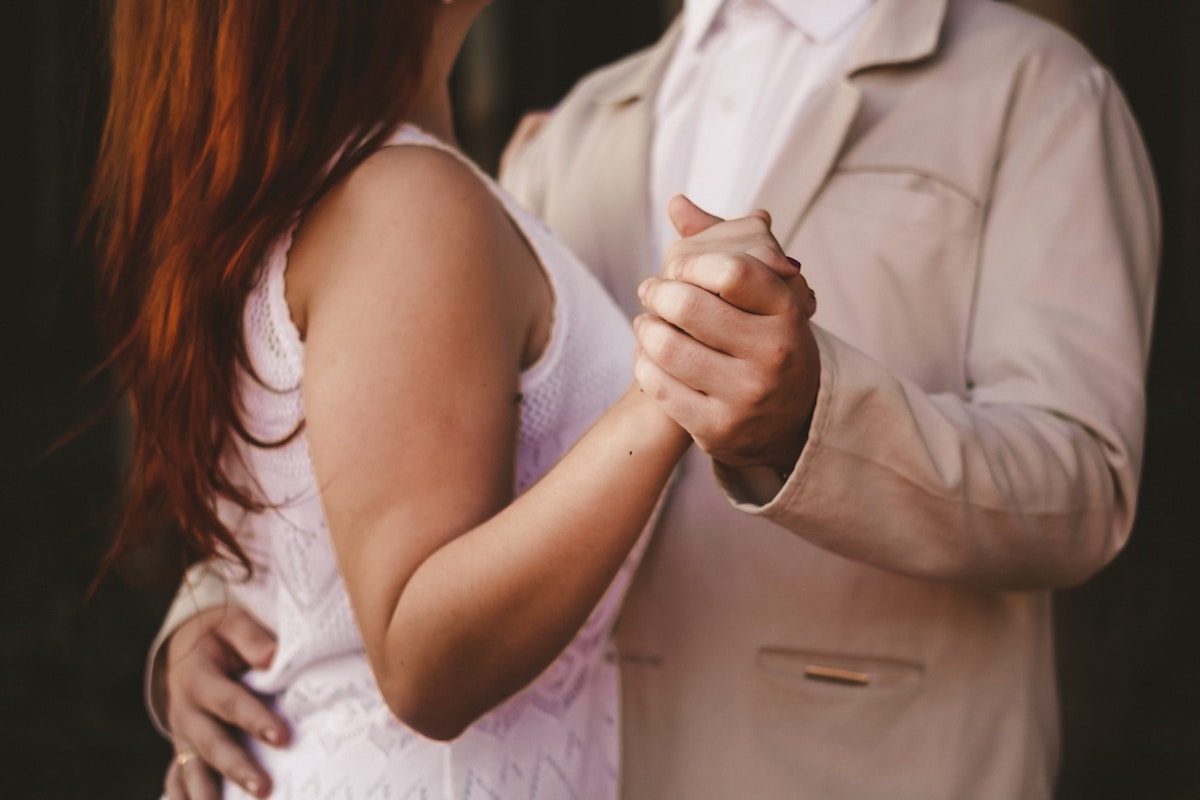Is it the foot-stomping rhythm of your favorite rock song or heart-pumping workout music that gets you dancing? Or do you enjoy the challenge of mastering the more complicated moves of Latin or ballroom dancing? No matter what kind of music makes your feet move, one thing is for sure: the physical, mental, and emotional health benefits of dancing are plentiful.
In addition to bringing you joy, dancing does positive things for your body–and your brain. Whether it’s ballroom, tango, breakdancing, salsa, disco, swing, tap, ballet, hip-hop, or any other kind of dance, you are improving your physical and mental health and giving a boost to emotional and social well-being. Moving your body to the sound of music can transform your life. Music stimulates the brain’s reward centers, and dance activates its sensory and motor circuits.
Physical Benefits
Physical inactivity is a key global health challenge. It is associated with adverse effects related to aging, weight control, physical function, longevity, and quality of life. Dance is exercise, so the physical benefits of dancing are similar to that of other cardio activities. Unlike high-impact exercises like running, dancing is generally gentler on the body. It can also improve flexibility, ease joint pain, and develop muscle tone.
A recent study found that any dance style can induce positive functional adaptations in older adults, especially related to balance. Metabolic improvements may also be a result of dancing; however, more random control trials are needed. Dancing may be a potential exercise intervention to promote health-related benefits for aging individuals.
Emotional Benefits
If you can move, you can dance. Dance is inclusive–anyone can participate. Dance can also have a social component, helping connect and develop relationships among new and established dancers.
Dance can also boost your mood and your mental and emotional health by reducing stress, decreasing the symptoms of anxiety and depression, and boosting self-esteem.
In a small study undertaken in 2012, researchers at North Dakota’s Minot State University found that the Latin-style dance program known as Zumba improves mood and certain cognitive skills, such as visual recognition and decision-making. Other studies show that dance helps reduce stress, increases levels of the “feel-good” hormone serotonin, and helps develop new neural connections, especially in regions involved in executive function, long-term memory, and spatial recognition.
Mental Benefits
The benefits of dance encompass other areas of health, including mental. Not only does it give you a way to express yourself and have fun, but it also counts toward your cardiovascular exercise minutes for the week.
A recent study reported reduced cognitive declines after cognitive training in elderly persons without dementia. If confirmed, these results may support recommendations for participation in cognitive activities to lower the risk of dementia that parallel current recommendations for participation in physical activities to reduce the risk of cardiovascular diseases.
Benefits of Dance for Other Medical Conditions
Dance has such beneficial effects on the brain that it is now being used to treat people with Parkinson’s disease, a progressive neurological movement disorder. Studies using dance therapy, particularly fixed rhythms, to regulate movement in patients with Parkinson’s or other movement disorders found that this technique provided significant improvements in gait and upper extremity function among participants.
A 2003 study investigated the effect leisure activities had on the risk of dementia in the elderly. The researchers looked at the effects of 11 different types of physical activity, including cycling, golf, swimming, and tennis but found that only one of the activities studied–dance–lowered participants’ risk of dementia. According to the researchers, dancing involves both a mental effort and social interaction, and this type of stimulation helped reduce the risk of dementia.
Whether you’re 80 years young or 8 years old, engaging in physical activities that involve dance changes you and has potential incredible benefits for your health. So grab a friend, join a beginner or intro dance class, or just have a dance party in your living room! Whatever you do, get moving!
